Orchid thrips: how to deal with them?
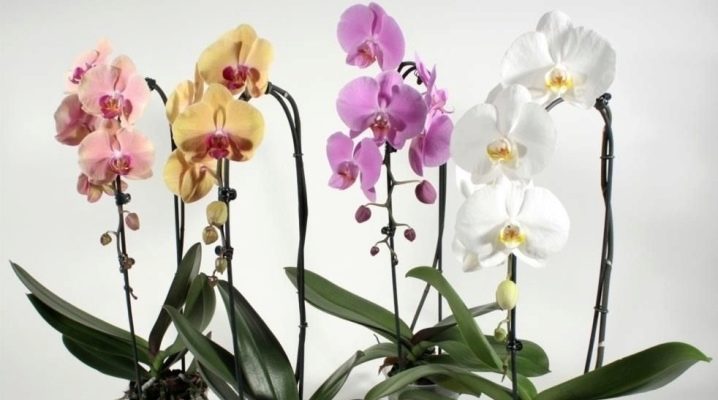
Orchids are very beautiful, so it is no coincidence that many people prefer this flower. In order for a plant to please its owner with a long life and flowering, it is necessary to carefully monitor it, paying attention to the state of the foliage. If the leaves began to turn yellow and wither, you can see gray spots covered with black dots on them, then it is possible that the phalaenopsis was attacked by thrips.
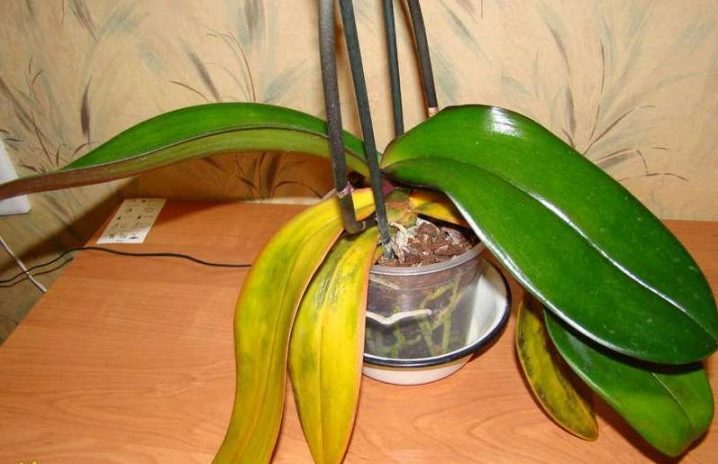
What do they look like?
Thrips are small insects. It is problematic to see them, since the size of the individual varies from 0.5 to 2 mm. Thanks to the long, thin legs, the pest moves quickly through the plant. And due to the suction cups located on the limbs, the insect does not slide off the orchid. It has yellowish brown wings. Parasites have a piercing-sucking type of mouth apparatus, and plant sap is their food.
The female lays eggs in leaf tissue. The larva hatched from them looks like an adult, differing in size and color. It is transparent, can be white, with a yellowish tinge, greenish. After a few days, her size increases and she becomes an adult. If the surrounding conditions for the growth of orchids are favorable, then 12 generations of insects develop during the year. They strike violets, chrysanthemums and orchids: phalaenopsis, cymbidiums, miltonia and others.
There are several types of thrips that harm orchids.
- California... This is the largest species. The length of its pale yellow or light brown body reaches 2 mm. The larvae are bright yellow. Colonies of pests are mainly settled on flowers, less often on leaves. The ideal ambient temperature for them is + 20.30 ° C. The color of the leaves will indicate that your flower was attacked by them. Instead of green, they will turn bronze.
- Tobacco... The maximum body length is 1.3 mm. The color ranges from dark brown to black. The body of the larvae is transparent, has a yellowish or whitish tint.
- American... This species was discovered in the 90s of the twentieth century. The parasite prefers young miltonia plants, and is very fond of the Caractea spatoglottis hybrid.
- Dracene... A characteristic feature is a black and white body, the size of which does not exceed 1.3 mm. It mainly affects the leaves. The color of the larvae is whitish-transparent.
- Greenhouse (or black)... The color of an adult is dark brown, the maximum body length is 1.5 mm. The reverse side of the leaves and flowers are striking. Favorable living conditions - moderate temperature, lack of bright lighting, constantly moist substrate of a flower pot.
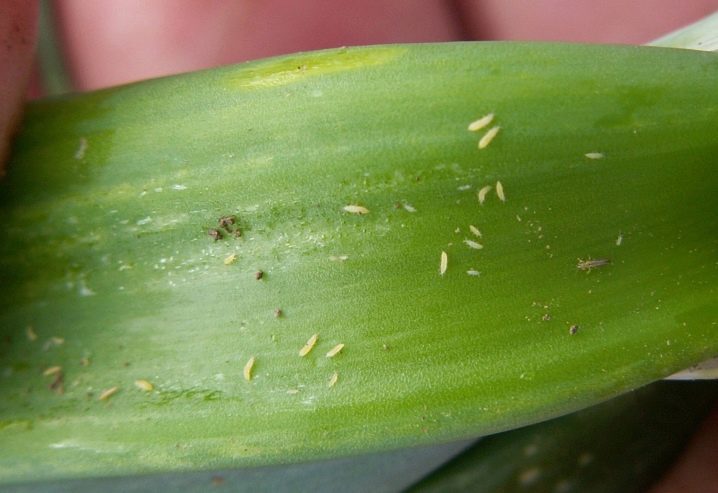
How to recognize on a plant?
Thrips pierces the leaf and sucks the juice out of it. A kind of cobweb appears at the puncture site. Because of this, parasites are often confused with spider mites. The puncture site is filled with air, so the sheet takes on a silvery sheen. Over time, blackness appears, the process of photosynthesis is disrupted, foliage dies.
The defeat of the leaves usually occurs from the back side, so it is important to regularly inspect the orchid, especially if the plant suddenly lost its former attractiveness - the leaves began to turn yellow, wither and fall off.
If a Californian or tobacco species has settled on your plant, then a concomitant symptom is deformation of the leaves, flowers and buds.
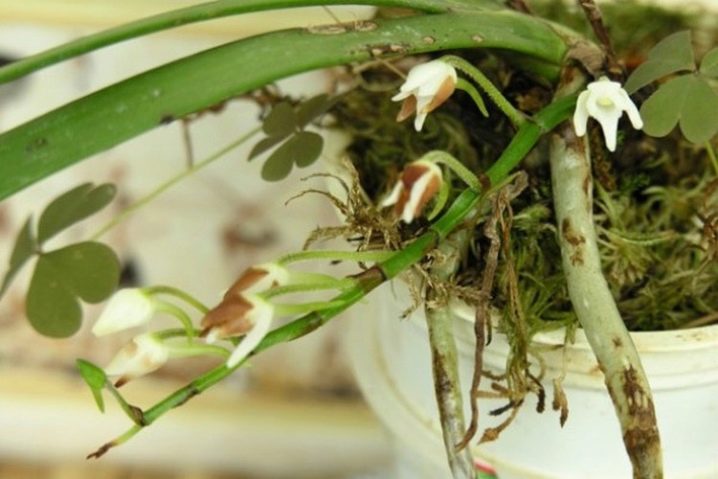
How to get rid of pests?
The most common source of infection is a newly purchased plant.Especially if you purchased it from an unverified and dubious seller. Bringing parasites is just as easy with wildflowers.
Many owners of exotic vegetation take their pets to the balcony in the summer. Fresh air is certainly healthy, but the risk of falling prey to thrips increases. If you do not take appropriate measures in a timely manner and do not start to fight them, the orchid will die.
Pest control measures include a number of actions.
- As soon as you detect the presence of insects, urgently isolate the affected plant from the rest. Otherwise, the parasites will move to other specimens of your collection and continue their dominance there.
- The favorite place for resettlement of thrips is flowers. They will have to be cut. The female lays the larvae in the buds, so this part of the orchid will have to be removed.
- Areas of insect settling, eggs are removed with an ordinary damp cotton pad.
- Rinse the orchid and substrate with warm running water for several days. This reduces the number of insects. Note that stagnant water is harmful to orchids. Therefore, be sure to remove water from the leaf sinuses. To do this, blot the moisture with a dry cotton pad and place the plant in a well-ventilated room.
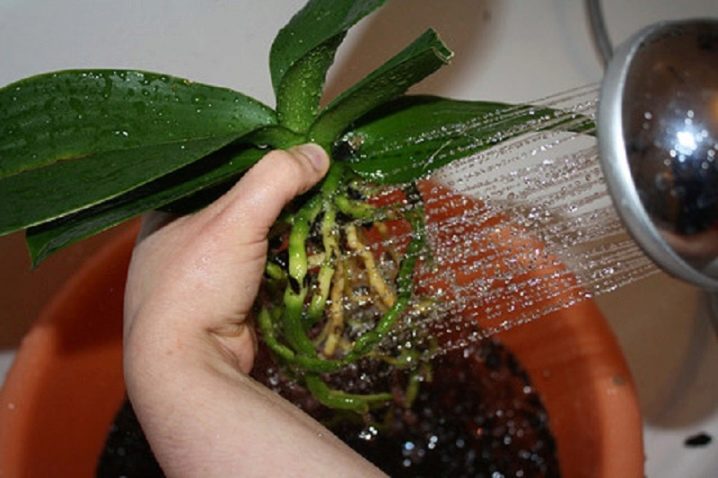
Chemicals
Thrips cause tremendous damage to plants. Fighting them is impossible without the use of chemicals. They can be purchased at specialized florist shops. The form of such substances is different: powders, emulsions, granules, sticks. Before you start using them, read the instructions, decide on the dosage and conditions for the procedure.
If the base of the preparations is oil, then they are not recommended to be used to combat insects that have settled on thin-leaved orchids and phalaenopsis. The tool has a powerful resistance to pests, but at the same time it envelops the leaves, like a film. As a result, it becomes difficult for the plant to breathe. The leaf may die.
Granular substances are placed in the substrate. Dissolving, they enter the plant, and it becomes poisonous to thrips. Moreover, such funds are completely safe for the orchid. Moreover, some of them contain fertilizers, so they are also useful for the flower.
Among the most common chemicals widely used to combat thrips are: Neudorf, Celaflor, Pyrethrum (powder), Actellik.
"Actellik" has a wide range of effects and is suitable for the treatment of not only indoor plants, but also those growing in the backyard. It is a highly concentrated emulsion that belongs to the class of organophosphorus compounds. Release form - ampoule. Accumulating in the parasite's nervous tissue, the drug causes poisoning, dysfunction of various organs and the subsequent death of the insect.
The ambient temperature during the treatment with Aktellik should not exceed + 30 ° С. Interaction with alkalis and Bordeaux liquid is not allowed.
To prepare a solution, dilute 2 ml of Actellic in two liters of water. This is the maximum concentration allowed for an orchid. You cannot increase it. It is important to take into account that the effectiveness of the solution does not depend on its saturation with the chemical substance. The main thing is to carefully process the plant without missing a single site.
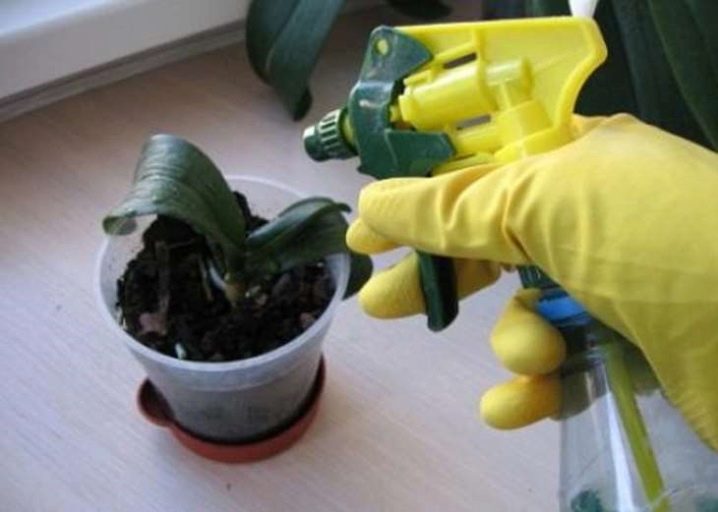
Whichever product you use, a one-time treatment is not enough. Be sure to repeat the procedure after 5-7 days.
Traditional methods
A simple and affordable way is to treat the plant with soapy water. Grate the soap on a fine grater. Take 15 g of shavings and dissolve in one liter of water. Such a composition is applied to the orchid by spraying for 20 minutes, then washed off with running water.
You can spray the plant with a solution prepared from 100 g of tobacco and a liter of water. Strain before use.
The affected areas are treated with garlic infusion. To prepare it, pour 4-5 cloves of garlic with half a liter of boiling water.After 4 hours, the composition is ready.
If you have olive oil at home, it can be used successfully to combat thrips. You will need to dissolve 2 tbsp in 1 liter of water. spoons, shake well and spray the orchid.
From flowering marigolds, you can also prepare a decoction for spraying. Chopped flowers (60 g) are poured with a liter of water and put on fire. From the moment of boiling, you need to cook for 1-1.5 minutes. This remedy should be insisted for 3 days. After this period, strain the mixture and use as directed.
Thrips die from celandine. It will take 2-3 medium-sized blooming bunches. Raw materials are poured with warm water (1 l) and left for a day in a dark place. Spraying can be done several times a week.
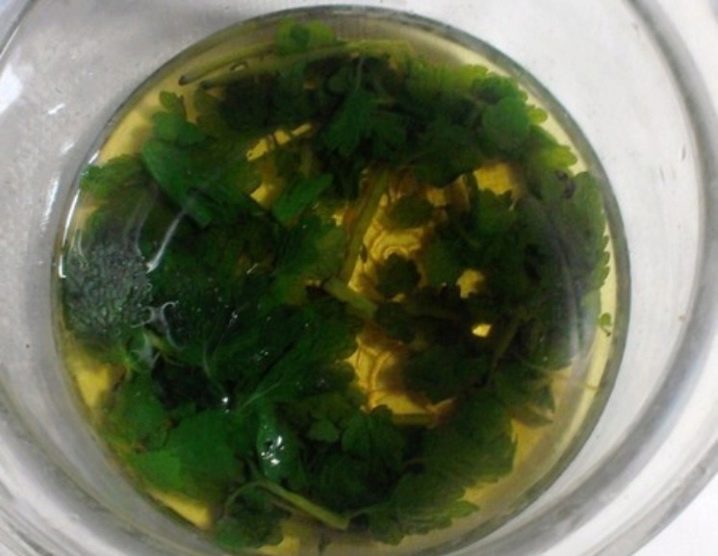
Preventive measures
After purchasing an orchid, do not rush to place it with other flowers. Conduct a kind of quarantine and observe the condition for two weeks. If nothing happened to the plant, then it is healthy and will not infect other members of your collection.
Give your orchids a warm shower periodically.
Perform routine drug treatments. This will help nip insects in the bud.
Examine orchids carefully. Thrips multiplies very quickly, and if you do not notice its presence and do not start destruction in time, it will destroy the flower.
For tips on getting rid of thrips on an orchid, see the next video.































The comment was sent successfully.